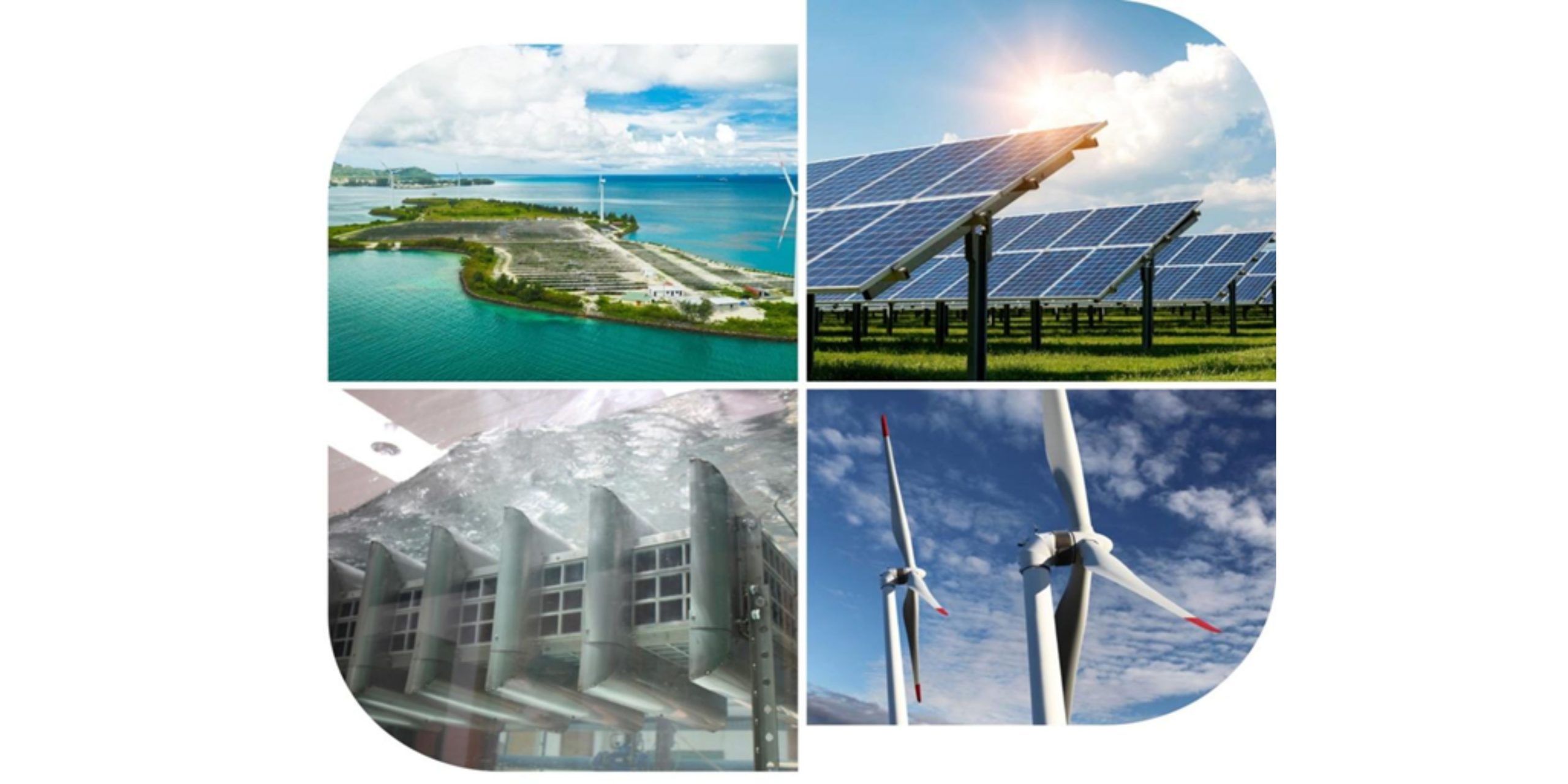Climate change and environmental degradation are an existential threat to Europe and the world. The European Commission’s, European Green Deal, launched in 2019, aims to make Europe climate-neutral by 2050. As part of this plan, the Commission has identified offshore wind energy as a key priority for reducing carbon emissions and achieving this goal.
Besides the strategic decisions of the EU and UN to proceed for a Sustainable Future in the built environment, sustainable energy technology has seen a very fast growth that goes far beyond the early-stage concepts of Ocean Thermal Energy.
In addition, innovative technologies have been developed to store the produced sustainable energy locally and then transfer it, whilst smart systems to improve network efficiency have been investigated and continuously updated.
Nowadays, there are more than 350,000 wind turbines spinning around the globe with about 10% of them combined to alternative sustainable energy systems (photovoltaics, wave and tidal energy systems etc.). Due to continuous technological advances, the concept of floating offshore Energy Islands (i.e. offshore wind power combined to other renewable energy sources and energy storage) seems to have recently become far more cost-effective and much more widespread than expected.
Energy Islands are artificial offshore platforms aiming to generate large amounts of renewable energy, typically through offshore wind farms, and use it to power surrounding regions. These projects have gained traction in Europe as a means of reducing carbon emissions and meeting climate targets. Energy Islands are foreseen to become during the next decade the top source of Sustainable Energy generating capacity in Europe, the USA, and Canada, and the 2nd largest source in China.
Currently, there are several energy island projects in development across Europe, including the North Sea Wind Power Hub, which aims to connect large-scale offshore wind farms in the North Sea to surrounding countries through a shared grid, and the proposed Danish Energy Island in the North Sea, which would serve as a hub for offshore wind power production and transmission.
However, less than 10% of the world’s electricity was harvested by wind energy infrastructure last year that obviously is not sufficient to trigger a shift of the global economy away from the climate-warming fossil fuels that still supply most of the world’s energy.
Based on this observation, and taking into account the current initiatives, a multidisciplinary collaborative research network was launched in 2021 to explore options and potential solutions, the COST Action: Modular Energy Islands for Sustainability and Resilience (MODENERLANDS). The network currently has about 170 members spread over 42 countries.
MODENERLANDS revisits safe, smart, modular, cost-effective, and socially valuable high-performance sustainable Energy Islands for consideration in the plans, design, and development of the future sustainable energy infrastructure. This concept works with modularised construction of offshore floating platforms, aiming at easily extending their size and capacity according to future energy needs.
The Modular Energy Island will act as a platform to maximise collection and conversion of the renewable energy sources and efficiently transfer them to the network, exploring cutting-edge Green Hydrogen related technologies for efficient energy storage and transportation.
This collaborative team of researchers will develop a European-based scientific and technological network with strong multi-/interdisciplinary features that will work on the exploitation of the research outcomes related to Modular Sustainable Energy Islands by integrating all related stakeholders, thereby intensifying the links among scientific and research groups and Sustainable Energy industry.
MODENERLANDS promotes synergies that offer breakthrough scientific developments leading to new concepts and R&D outcomes. The network will contribute to strengthen European research and innovation capacities on Sustainable Energy Applications along the lines of the European Green Deal.
Finally, in the context of the current energy crisis, the development of Energy Islands is seen as a key solution for meeting growing demand for energy while reducing carbon emissions. By investing in large-scale offshore wind farms and associated infrastructure, Europe can develop a reliable, sustainable source of energy that will help to address both the short- and long-term challenges of our energy needs.
Source: cost | News (https://bit.ly/41vZdKu)
